In a world where sedentary lifestyles and digital dependence reign supreme, the importance of posture and movement therapy has never been more evident. Our bodies are designed for motion, yet modern habits often lead us astray, causing discomfort, pain, and limitations in our daily lives. In this feature, we embark on a journey to explore the transformative power of posture and movement therapy with Ivana Daniell, founder of Ivana Daniell BODY ID. From unraveling the intricate connection between posture and overall well-being to delving into the science behind movement patterns, we uncover the keys to unlocking a healthier, more vibrant life.
Whether you’re seeking relief from chronic pain, aiming to enhance athletic performance, or simply striving for greater vitality, addressing posture and movement promises to illuminate the path towards optimal posture and movement.
How does addressing posture and movement contribute to overall holistic health and well-being?
Addressing posture and movement is integral to overall holistic health and well-being because they form the foundation of physical functionality and comfort. When posture is optimal and movement is efficient, it positively impacts various aspects of health, including musculoskeletal health, circulation, and even mental well-being.
My motto is: There is nothing more appealing than a healthy, fit, and posture-confident body. No matter what size or age, the confidence that a person exudes is the real secret and passport to an ageless and youthful life.
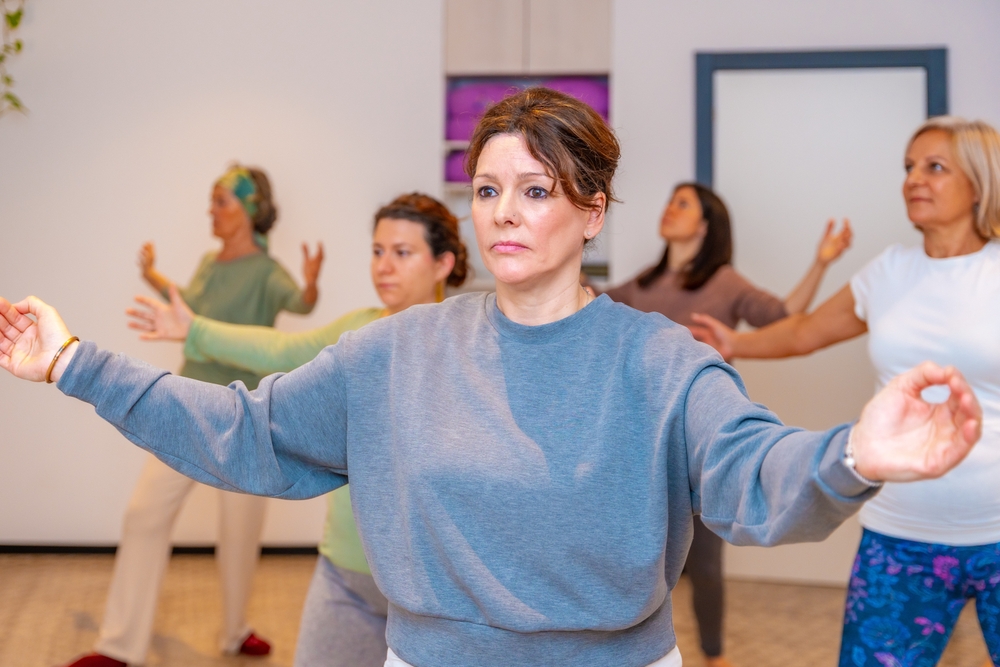
Can you explain the relationship between posture, movement, and chronic pain management?
The relationship between posture, movement, and chronic pain management is profound. Poor posture and improper movement patterns can lead to muscular imbalances, joint strain, and compression, which in turn contribute to chronic pain conditions. By addressing posture and movement through therapy and correctional exercises, individuals can alleviate stress on the body, reduce inflammation, and improve overall function, thereby managing chronic pain more effectively.
What impact does posture have on mental health and emotional well-being?
Posture plays a significant role in mental health and emotional well-being.
In summary, maintaining good posture can positively impact mental health and emotional well-being by promoting a healthy body-mind connection, reducing stress, boosting self-esteem, improving cognitive function, aiding in emotional regulation, and managing pain. It’s an essential aspect of overall wellness that often gets overlooked but can make a significant difference in how we feel physically and emotionally.
Our posture affects how we perceive ourselves and how others perceive us. Standing tall and confidently can boost self-esteem and make us feel more assertive and capable. On the other hand, poor posture can make us feel insecure or less confident.
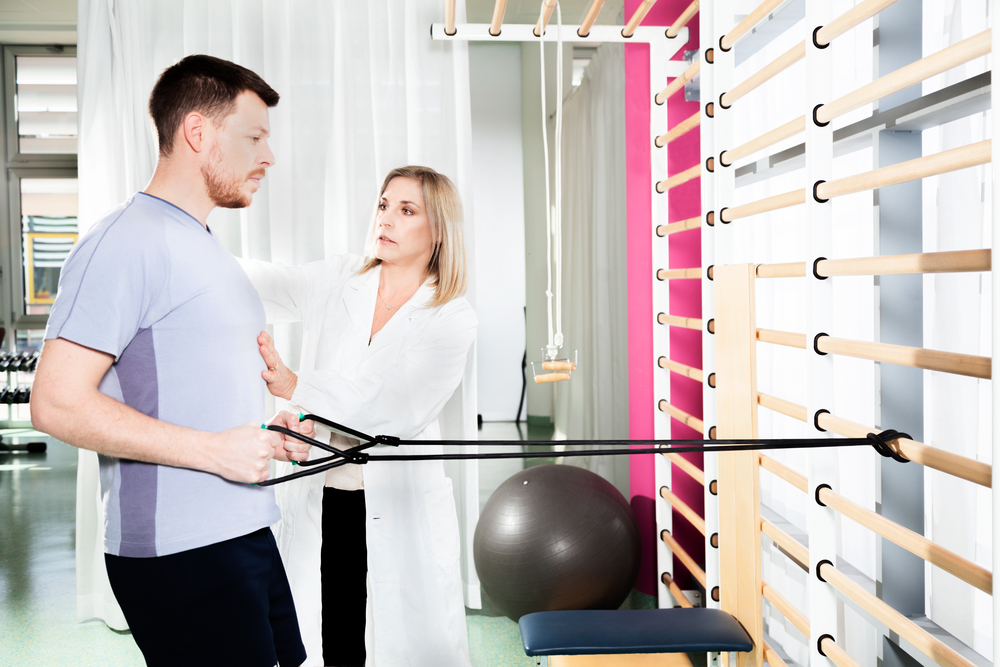
How does posture and movement therapy fit into a comprehensive wellness plan?
Posture and movement therapy is a crucial component of a comprehensive wellness plan because it addresses physical imbalances and dysfunction that can lead to injury and chronic pain. By incorporating bespoke exercises, ergonomic adjustments, and mindfulness practices, posture and movement therapy promotes optimal function, reduces injury risk, and enhances overall well-being.
Can you discuss the role of posture and movement in injury prevention and rehabilitation?
Posture and movement play crucial roles in injury prevention and rehabilitation. Proper posture and movement mechanics can help reduce the risk of injuries, while also aiding in the recovery process for those who have been injured. Here’s a deeper look into their importance:
-Maintaining proper posture ensures that joints are aligned correctly, reducing unnecessary stress and wear on the joints. This alignment provides stability and decreases the risk of joint injuries.
-Good posture helps maintain muscle balance around joints. When muscles are balanced and work together efficiently, it reduces the risk of muscle imbalances and compensatory movements that can lead to injuries.
-Proper posture distributes body weight evenly, reducing the strain on specific muscles, tendons, and ligaments. This even distribution of load minimises the risk of overuse injuries.
-Maintaining a neutral spine and proper spinal alignment through good posture supports the spine’s natural curvature. This helps protect the spinal discs, nerves, and surrounding structures from injuries.
-Proper movement mechanics, which are closely related to posture, allow for more efficient and effective movement patterns. Efficient movement reduces the risk of strain and fatigue, which can lead to injuries.
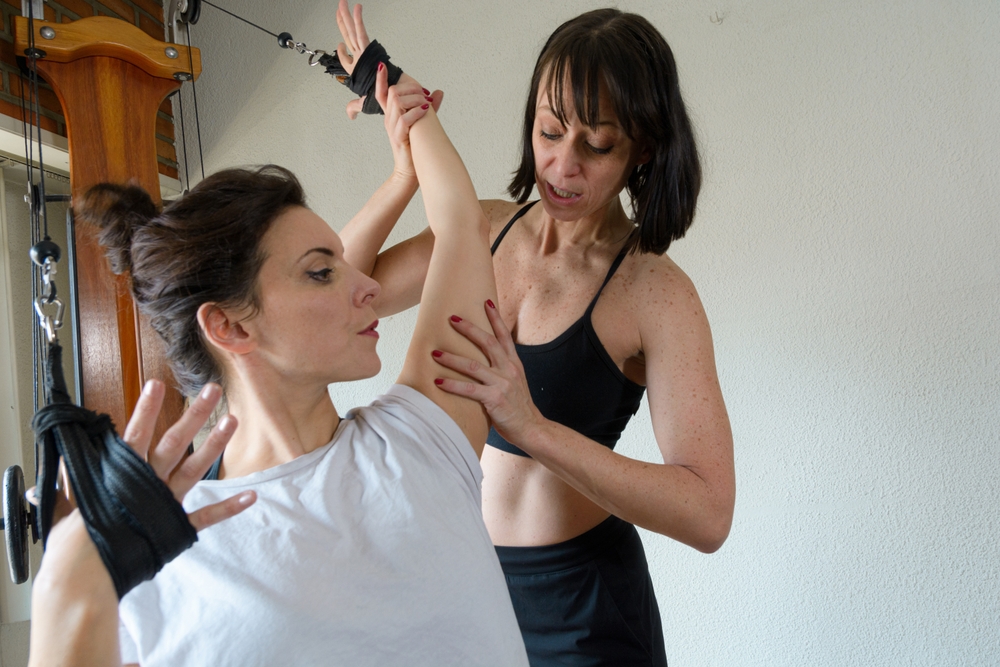
How do you integrate mindfulness or breathwork into your approach to posture and movement therapy?
Mindfulness and breathwork are essential components of posture and movement therapy. By integrating mindfulness practices, such as movement awareness and breath awareness, individuals can cultivate a deeper connection to their bodies, improve proprioception, and enhance movement quality. Breathwork techniques can also facilitate relaxation, reduce muscle tension, and promote efficient movement patterns.
What are some indicators that someone may benefit from posture and movement therapy?
Indicators that someone may benefit from posture and movement therapy include recurring muscle or joint pain, poor posture habits, limited range of motion, or difficulty performing daily activities without discomfort. Additionally, individuals who are embarking on a new fitness regime or experiencing postural issues related to sedentary lifestyles may benefit from assessment and intervention.
Do lifestyle factors such as diet and stress affect posture, and how do you address them in your practice?
Poor dietary habits and high-stress levels can contribute to muscle tension, fatigue, and poor posture habits. In practice, addressing these factors may involve incorporating nutrition guidance, stress management techniques, and ergonomic adjustments into the treatment plan to support overall posture and movement health.

In your experience, how does improving posture and movement positively impact daily activities and quality of life?
Improving posture and movement positively impacts daily activities and quality of life in numerous ways. Individuals may experience increased energy levels, reduced pain and discomfort, improved physical performance, and enhanced confidence in their movement abilities. Additionally, better posture and movement habits can promote longevity, independence, and overall enjoyment of life.
What are the most common posture-related issues you encounter in your practice?
Common posture-related issues encountered in practice include forward head posture, rounded shoulders, excessive kyphosis or lordosis, anterior pelvic tilt, and asymmetries in spinal alignment or pelvic stability. These issues can arise from various factors, including prolonged sitting, poor ergonomics, muscular imbalances, and structural abnormalities.
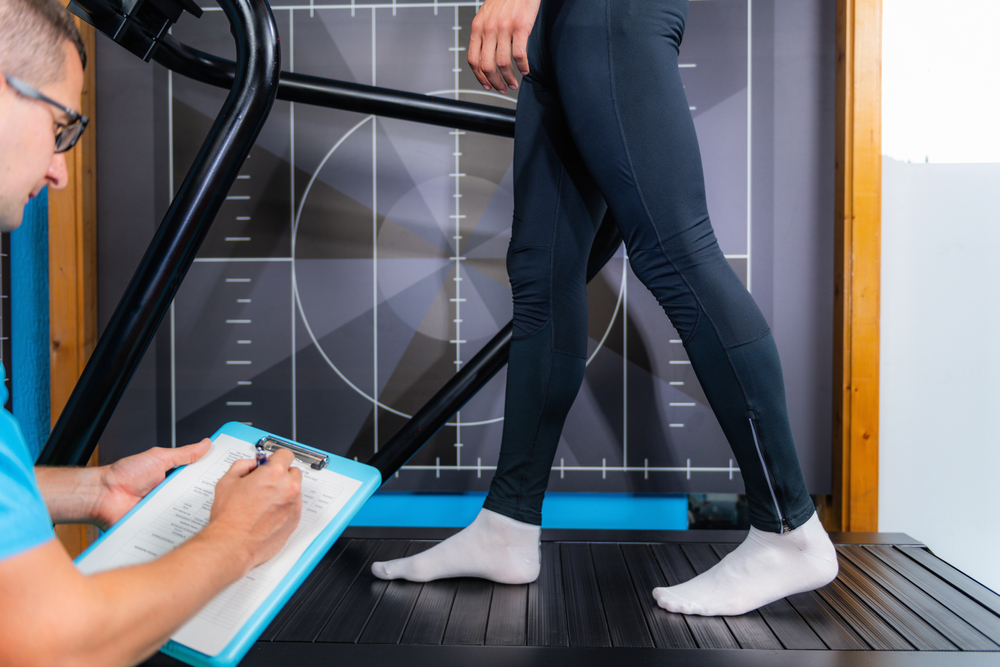
How do you assess and diagnose posture problems in your clients?
With my signature Ivana Daniell posture and movement assessment.
Ivana Daniell BODY ID Postural and Movement Assessment: Over the years, I have designed and refined a postural analysis and a posture correction programme that are suitable for everyone. My assessment recognises that each person’s body is unique, and each person’s choice of physical regime will be different.
The aim of my assessment is to ensure that you are given informed and intelligent options about how to take care of your body and choose an appropriate exercise programme that will most benefit your body and improve your lifestyle.
The 90-minute assessment is suitable for those:
Embarking on a new fitness regime.
Currently pursuing a fitness regime.
With recurring muscle or joint pain or with an injury
Who wants to be educated about postural awareness
Searching for an alternative and more nurturing environment.
Searching for a better quality of life through Intelligent Movement.
My Postural Assessment is also suitable for anyone who wants a professional and objective assessment of their body’s alignment, range of movement, and advice on how to get optimum results from an exercise regime. Many of us have experienced some level of neck, shoulder, or back pain, which may be attributed to postural problems. My aim is to help people make the right choices, or if they are practising any sport or exercise, identify areas of their exercise regime that can be improved in a safe and healthy way.
What role does ergonomics play in maintaining good posture, especially in work environments?
Ergonomics plays a critical role in maintaining good posture, particularly in work environments where individuals spend prolonged periods seated at desks or engaging in repetitive tasks. By optimising workstation setup, seating ergonomics, and movement strategies, individuals can minimise the risk of postural strain and discomfort while maximising productivity and comfort.

Are there any misconceptions about posture and movement that you frequently encounter?
Common misconceptions about posture and movement include the belief that good posture is solely about standing up straight or that certain exercises are universally beneficial for everyone. In reality, posture is dynamic and influenced by multiple factors, and effective interventions should be tailored to individual needs and goals.
What are some effective strategies or exercises you recommend for improving posture?
Awareness: Pay attention to your posture throughout the day, especially when sitting or standing for extended periods.
Ergonomics: Ensure your workspace is set up ergonomically, with a supportive chair, proper desk height, and computer monitor at eye level.
Regular Breaks: Take short breaks every hour to stand up, stretch, and reset your posture.
Core Strengthening: Engage your core muscles to support your spine and maintain good posture.
Walking: Regular walking into your daily routine and paying attention to your posture while walking can be beneficial for maintaining good posture, supporting spinal health, and promoting overall well-being. Aim for at least 30 minutes of brisk walking most days of the week to reap the benefits for your posture and overall health.

Ivana Daniell, to collaborate with Voatti in Dubai
Voatii, the esteemed hub for personalised aesthetic transformations in Dubai, announces the exclusive collaboration with Ivana Daniell, offering individuals an opportunity to enhance their well-being through intelligent movement and posture correction.
Ivana’s journey from her roots in Italy to becoming a sought-after posture and movement therapist has been driven by a profound passion for helping people feel their best. Her pioneering approach, encapsulated in the Ivana Daniell BODY ID Method, emphasises the importance of holistic well-being and intelligent movement tailored to individual needs.
Ivana’s methodology has transformed the lives of countless individuals, from royalty and athletes to film and music personalities, with her signature posture analysis and bespoke exercise programs.
“Good posture is not just about physical alignment; it’s about unlocking the body’s innate potential for health and vitality,” states Ivana. “Through my collaboration with Voatti, I am excited to empower individuals in Dubai to reclaim control over their well-being and embark on a journey towards a life of strength, balance, and vitality.”
Additionally, Ivana’s ground breaking book, “A Manual for a Contemporary Body,” serves as a beacon of guidance for individuals seeking to optimise their physical health and well-being. With a focus on those navigating the challenges of modern sedentary lifestyles, her book offers practical advice and strategies for achieving a healthier, more balanced life.
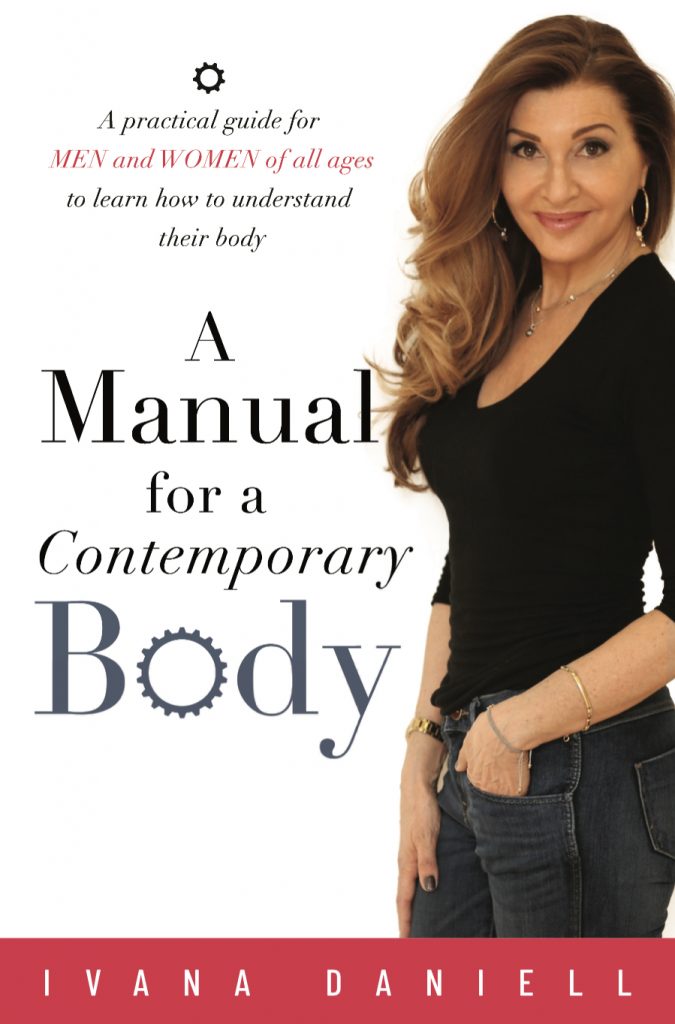
During her visit, from 25th-30th April, Ivana will be available for exclusive consultations offering invaluable insights into her transformative approach to posture and movement therapy. Clients will have the opportunity to embark on a journey towards improved well-being under her expert guidance.
For more information and to schedule a consultation, please contact Voatti at info@vaotti.com or call +971 501786339.

Address: 777b Villa, Al Safa, Al Wasl Road, Jumeirah, Dubai, United Arab Emirates

